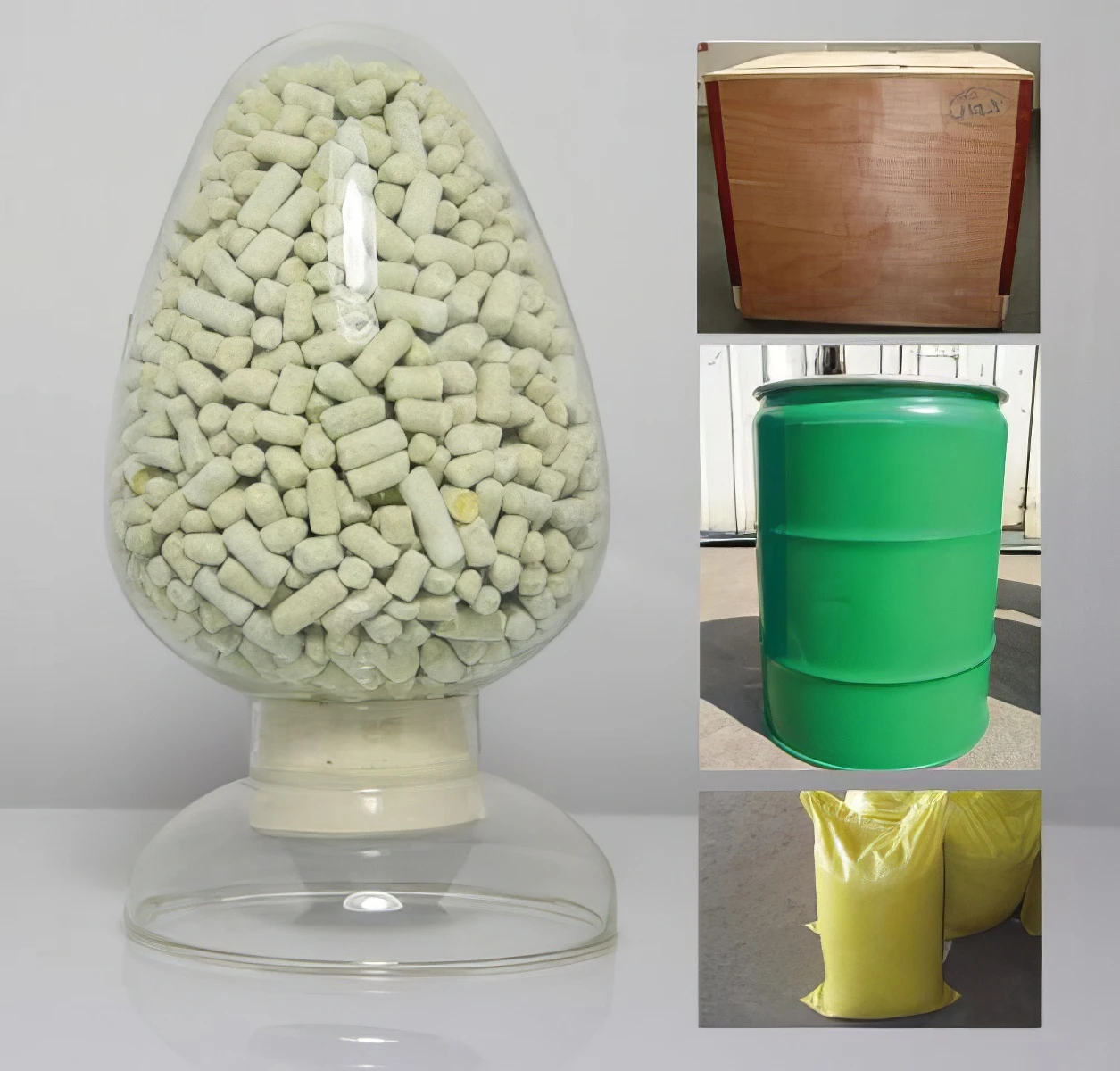



oxidised lead
The Role of Oxidized Lead in Modern Industry
Oxidized lead, often referred to as lead oxide, is a compound that has significant implications in various industrial applications. Its distinctive properties and versatility make it an essential material in batteries, ceramics, glass, and even the production of lead-acid batteries, which are crucial for automotive and renewable energy storage systems. This article delves into the characteristics, uses, and environmental considerations surrounding oxidized lead, while also addressing the challenges it poses to health and environment.
Composition and Properties
Lead oxide primarily exists in two forms litharge (PbO) and massicot (also PbO, but in a different crystalline structure), with the former being a yellow powder and the latter being a yellow to brown solid. Moreover, there is another variant known as red lead oxide (Pb3O4), which is a reddish-orange powder. These compounds possess unique chemical and physical properties, such as high thermal stability and excellent electrical conductivity, making them suitable for various applications.
Industrial Applications
1. Lead-Acid Batteries The most significant use of oxidized lead is in lead-acid batteries, which are extensively used in automotive starting, lighting, and ignition systems. The lead dioxide (PbO2) form is utilized as the positive plate in these batteries, while sponge lead (Pb) serves as the negative electrode. The interaction between these compounds during the charge and discharge cycles is essential for battery performance. This technology is crucial for traditional vehicles and has also found a place in renewable energy systems, such as solar and wind energy storage.
2. Ceramics Oxidized lead is used in the production of ceramic glazes and paints. Its ability to create vibrant colors and improve the gloss and durability of ceramic products makes it popular among manufacturers. The unique properties of lead oxide contribute to the thermal and chemical stability of ceramics, enhancing their appeal in various applications, from pottery to tiles.
oxidised lead

3. Glass Manufacturing In glass production, lead oxide is often used as a fluxing agent, helping to lower the melting point of silica and improving the clarity and refractive index of the final product. Lead glass, also known as crystal glass, is renowned for its brilliance and durability, making it a favored choice in high-end glassware and optical applications.
4. Pigments Red lead oxide is commonly applied as a pigment in paints and coatings due to its excellent covering power and resistance to corrosion. Its coloration properties also allow it to be used in artistic applications, providing vivid hues.
Environmental and Health Considerations
Despite its utility in various industries, oxidized lead poses significant health and environmental risks. Lead is a toxic metal, and exposure can result in severe health issues, particularly in children. Symptoms can range from cognitive impairments to developmental delays, making it critical to manage lead exposure in industrial settings and beyond.
The production and disposal of lead-containing materials are subject to strict regulatory controls in many countries to mitigate these risks. Companies that utilize lead oxide in their processes often implement extensive safety measures and monitoring programs to protect their workers and the environment.
Conclusion
Oxidized lead plays a pivotal role in modern industry, particularly in battery technology and manufacturing processes for ceramics and glass. Its remarkable properties make it an invaluable resource; however, the associated health risks and environmental concerns cannot be overlooked. As technology advances, the challenge remains to balance the benefits of oxidized lead with the need for safety and sustainability. Innovations in battery technology, along with increased recycling efforts, promise to mitigate the adverse impacts associated with lead, paving the way for a future where the advantages of this versatile compound can be harnessed responsibly. Ongoing research into safer alternatives and improvements in lead management practices will be crucial in ensuring that oxidized lead remains a beneficial material in our ever-evolving industrial landscape.
-
Why Sodium Persulfate Is Everywhere NowNewsJul.07,2025
-
Why Polyacrylamide Is in High DemandNewsJul.07,2025
-
Understanding Paint Chemicals and Their ApplicationsNewsJul.07,2025
-
Smart Use Of Mining ChemicalsNewsJul.07,2025
-
Practical Uses of Potassium MonopersulfateNewsJul.07,2025
-
Agrochemicals In Real FarmingNewsJul.07,2025
-
Sodium Chlorite Hot UsesNewsJul.01,2025










